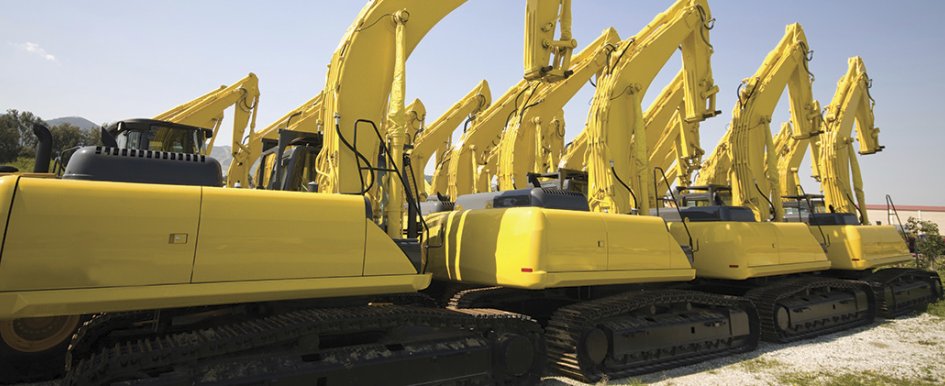
When the equipment rental industry converges on Atlanta this month for The Rental Show 2016, the mood will be celebratory and optimistic. Not only will the industry mark the 60th anniversary of the American Rental Association (ARA) at the annual trade show, but recent economic indicators also point to a healthy and growing industry.
November's industry forecast from ARA projected steady growth in United States equipment rental revenue through 2019, including 6.8 percent construction and industrial growth in 2016. Earlier in 2015, the ARA Rental Penetration Index indicated that construction/industrial rental penetration rose for the fifth straight year to 53.9 percent in 2014, the most recent reporting year.
"The industry's positive economic outlook means equipment rental companies can prepare for steady growth, plan for expanding their markets and build inventory to meet customer demand," said Christine Wehrman, ARA CEO and executive vice president. "Many customers who have turned to renting during and after the recession have seen the benefits and will continue to rent to control and manage their costs. The secular shift toward rental is here to stay."
Construction Rebound Fuels Growth
ARA monitors the industry on a quarterly basis to ensure that association members have the best information available in a dynamic economic environment. Released on Nov. 15, 2015, the latest analysis from ARA, through its ARA Rental Market Monitor subscription service, calls for overall U.S. equipment rental industry revenue growth of 6.7 percent in 2016 and 2017, 6.2 percent in 2018 and 5.8 percent in 2019 to reach $48.7 billion.
In the construction and industrial segment, an average annual increase of 6.5 percent is anticipated over the next 5 years, including 6.8 percent in 2016 and 6.9 percent in 2017.
While the projected construction/industrial growth pace is slightly more moderate than the previous 2 years, it represents more than double the growth rate of the general U.S. economy.
The ongoing rebound in real residential construction will be a primary driver of overall growth in the construction/industrial equipment category in the near future, according to analysis provided by ARA research partner IHS Economics, the leading international forecasting firm that delivers data and analysis for the ARA Rental Market Monitor.
Rental Penetration on the Rise
In addition to the steady growth pace, the climbing ARA Rental Penetration Index is another indicator of equipment rental market vitality.
Up 100 basis points from 52.9 percent in 2013 to 53.9 percent in 2014, the ARA Rental Penetration Index has been growing steadily since the dramatic dip in the index between 2008 and 2009. The index has been on the rise over the past 10 years, when rental penetration was just under 40 percent in 2005.
Rental penetration has been increasing due to the growing demand for equipment in the construction/industrial segment as commercial construction has rebounded, coupled with tight credit conditions and the increasing costs of buying new, Tier 4 emissions-compliant equipment. This combination of circumstances has made equipment rental an attractive alternative to full ownership.
"There is still room for rental penetration to continue to increase," said John McClelland, ARA vice president for government affairs and chief economist. "As the economy continues to grow this means more demand for rental equipment—a double-barreled boost to the equipment rental industry. We expect the 2015 ARA Rental Penetration Index to reflect the continuing secular shift away from equipment ownership by end users toward rental."
Why Companies Rent vs. Buy
The ARA's optimistic 5-year outlook and a rising Rental Penetration Index show that construction companies continue to see the value of renting as an alternative to purchasing equipment.
Renting offers the opportunity to free up capital, control costs and access the right equipment, when and where it is needed. It also doesn't require additional staff to maintain the equipment, spare parts on hand or storage of the equipment.
"Renting enables companies to get exactly what they need to get the job done while eliminating time and costs associated with buying, maintaining and storing equipment," Wehrman said. "It's a simple and affordable way to manage a construction equipment fleet and focus on competing for more jobs."



